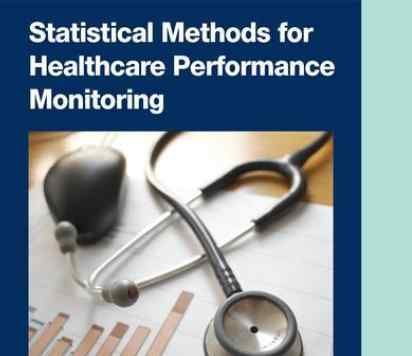BibTex format
@article{Bottle:2021:10.1002/ehf2.13357,
author = {Bottle, A and Faitna, P and Aylin, P and Cowie, MR},
doi = {10.1002/ehf2.13357},
journal = {ESC Heart Failure},
pages = {2438--2447},
title = {Five-year survival and use of hospital services following ICD and CRT implantation: comparing real-world data with RCTs},
url = {http://dx.doi.org/10.1002/ehf2.13357},
volume = {8},
year = {2021}
}
